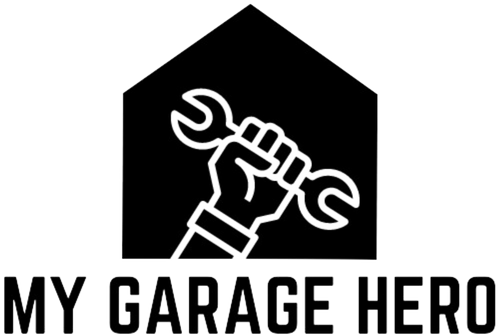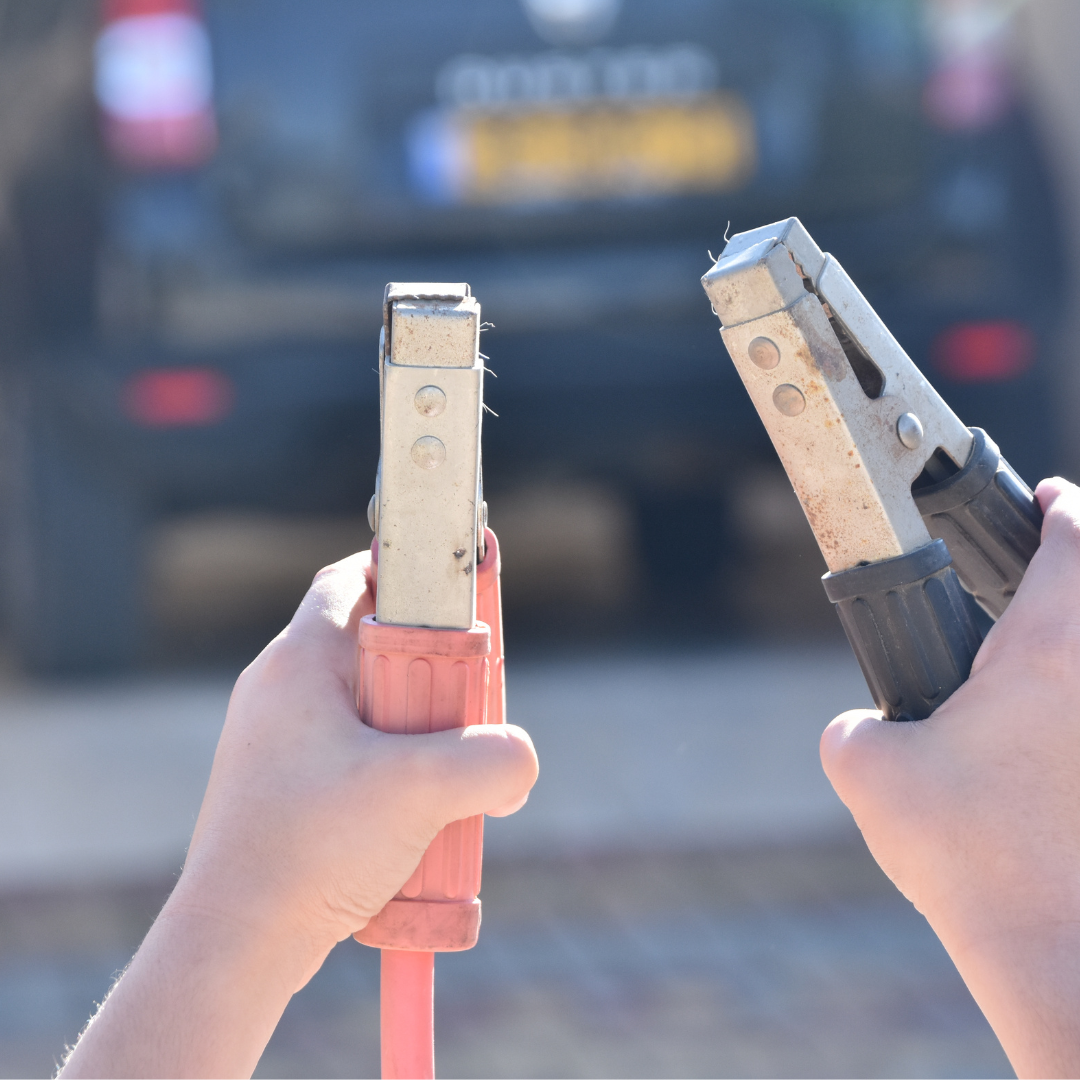We've all been there - you're running late, hop in your car, turn the key and... nothing. That sinking feeling when your car won't start is something every driver dreads.
But don't panic! This guide will show you how to jump start a car. You will learn to use a battery charger or other methods without jumper cables. With the right equipment on hand, you can get back on the road without calling for help.
Can I Really Jump Start Car Battery with Battery Charger?
Absolutely! While it works differently than using jumper cables, learning how to use battery charger to start a car can definitely save the day when your battery's dead. Here's what you need to know:
- Portable Jump Starter Vs Battery Charger: A standard battery charger is like a slow and steady worker, gradually refilling your battery over time. A portable jump starter or car battery booster pack, on the other hand, is like a shot of espresso - delivering an instant burst of energy.
- What to expect: If your charger has a "battery charger jump start mode" (usually 50-75 amps), you might get going in just a few minutes. Without that feature, be prepared to wait anywhere from 15 minutes to a few hours, depending on how dead your battery is and how powerful your charger is.
- When this works best: Learning how to jumpstart a car with a battery pack or charger is perfect when you're at home or have access to an electrical outlet. No second vehicle required!
For a full breakdown of battery chargers and how they work, see How to Charge Your Car’s Battery (Step-by-Step Guide).
What You'll Need to Jumpstart Car with Charger
Before rolling up your sleeves, gather these essentials:
- A battery charger: Any 12V car battery charger will do, but one with an "Engine Start" or "Boost" setting is ideal
- Power source: An electrical outlet within reach of your car
- Safety gear: Work gloves and safety glasses are highly recommended
- Your car's manual: Optional but helpful for any vehicle-specific instructions
Alternatively, if you want to charge the battery with a jump starter (portable battery pack), make sure it's fully charged before you begin.
Need help choosing between a jump starter and a charger? Read Top-Rated Car Battery Chargers in Australia (2025 Buying Guide).
Let's Get Started: Step-by-Step Guide on How to Jump Start Car Battery with Battery Charger
Step 1: Safety First!
Before touching anything under the hood:
- Turn off EVERYTHING in your car (lights, radio, air conditioning)
- Position your charger on solid ground, not on your car's engine
- Do a quick check of your battery - if you see cracks, leaks, or smell rotten eggs, stop right there and call a professional
- Make sure you're in a well-ventilated area (your garage with the door open is fine)
- Put on those safety glasses and gloves - battery acid is nasty stuff!
Step 2: Make the Connections
Think of this like introducing two people who need to meet - but in the right order:
- Find your battery terminals. The positive one (+) usually has a red cap or cover, while the negative (-) is typically black.
- Start with the positive connection: Attach the RED clamp from your charger to the POSITIVE terminal on your battery. Make sure it's gripping firmly.
- For the negative connection, you have two options:
- Best practice: Attach the BLACK clamp to a metal part of the engine block or chassis (not the battery)
- If that's not possible: Connect directly to the NEGATIVE terminal
- Double-check everything! The clamps shouldn't be touching each other or any moving parts.
Pro tip: Remember "red to dead" - always connect the positive (red) cable first.
For more on charger connection safety, visit How to Safely Connect a Battery Charger to Your Car Battery.
Step 3: Charge It Up
Now it's time to bring your battery back to life:
- Set your charger to the right mode - 12V for most vehicles, and select an appropriate charging rate. If you're in a hurry and have an "Engine Start" setting, use that.
- Plug in the charger and let it work its magic. You'll usually see lights or a display showing it's charging.
- Give it some time:
- With a jump start/boost mode: 5-15 minutes should do the trick
- With a standard charger (10 amps): Plan for at least 1-2 hours
- With a trickle charger (2 amps): You might need 6+ hours
While it's charging, stay nearby and keep an eye on things. It's normal for the battery to get a little warm, but if it feels hot or you see lots of bubbling, turn everything off and let it cool down.
Step 4: Start The Vehicle
The moment of truth for your jump start a car battery using charger attempt!
- Make sure your charger cables are safely away from any moving parts.
- Hop in the driver's seat and try starting your car normally.
- If it starts the engine - great! Move on to Step 5.
- If you hear clicking but no start, your battery needs more charge time. Go back to charging for a while longer.
- If nothing happens at all (no lights, no sounds), double-check your connections and make sure the charger is actually working.
Remember: Don't crank the starter for more than 5-10 seconds at a time. If the car doesn't start, wait about 30 seconds before trying again to avoid overheating your starter.
Still clicking after charging? Learn what that sound means in Why Your Car Won’t Start and Just Clicks – What It Means & What To Do.
Step 5: Wrap It Up Properly
Once your car is running, follow these steps:
- Turn off the charger and unplug it from the wall.
- Remove the cables in REVERSE order:
- BLACK (negative) clamp first
- RED (positive) clamp second
- Close your hood securely.
- Keep your car running for at least 15-20 minutes, or better yet, take a short drive. This helps your alternator recharge the battery properly.
What About Portable Jump Starters? How to Jumpstart a Car with a Battery Pack
Not sure which device is right for you? Compare Portable Jump Starters vs Battery Chargers.
If you want to start a car without jumper cables or a regular charger, a portable jump starter makes it much easier.
- Make sure your jump starter is charged.
- Connect it just like the charger (red to positive, black to negative or ground).
- Turn on the jump starter if it has a power button.
- Start your car.
- Disconnect (black first, then red) once the car is running.
The debate between portable jump starters and battery chargers is often about convenience. These devices are great to keep in your trunk for emergencies. They don’t need an outlet and work quickly when you need to charge a car battery.
After You've Successfully Started Your Car
Now that you're back in business, let's make sure this doesn't happen again soon:
- Let it run: Drive for at least 20-30 minutes to recharge your battery.
- Check your battery's health: If it's more than 3-5 years old, it might be time for a replacement.
- Figure out what happened: Did you leave your lights on? Or is there a deeper issue?
- Consider a battery maintainer: If you don't drive often, a trickle charger can keep your battery healthy between trips.
If your car sits for long periods, read What Is a 7-Stage Battery Charger and Why It’s Better for Your Car.
When Your Car Still Won't Start
If you've tried everything and your car refuses to cooperate, you might be dealing with:
- A battery that's too far gone and needs replacement
- A faulty starter motor (if you hear clicking but no action)
- Loose or corroded battery connections
- A blown fuse
- A bad alternator (if the car starts but dies again quickly)
Still stuck? Here’s how to Diagnose Why Your Car Won’t Start – Full Troubleshooting Guide.
In these cases, it might be time to call in professional help.
Safety Reminders
When working with car batteries, always remember:
- Connect cables in the right order and to the right terminals
- Keep away from flames and sparks (batteries release flammable hydrogen gas)
- Never charge a damaged or frozen battery
- Don't lean directly over the battery while charging
- If something doesn't seem right, stop and get help
Learn how to spot battery health issues early in Dealing with a Low Car Battery Charge – Signs, Causes & What to Do.
Final Thoughts
A dead battery is frustrating, but now you know how to jumpstart car with charger or how to jump start a car battery using charger in an emergency. With the right equipment and a bit of patience, you can get yourself back on the road without waiting for a tow truck or flagging down a stranger for a jump start.
Whether you choose to charge car battery with jump starter or use a traditional battery charger jump start mode, remember that while jump starting solves the immediate problem, it's worth figuring out why your battery died in the first place. Regular maintenance and being mindful about turning off lights and accessories can save you from future battery headaches.
Stay charged and drive safely!








